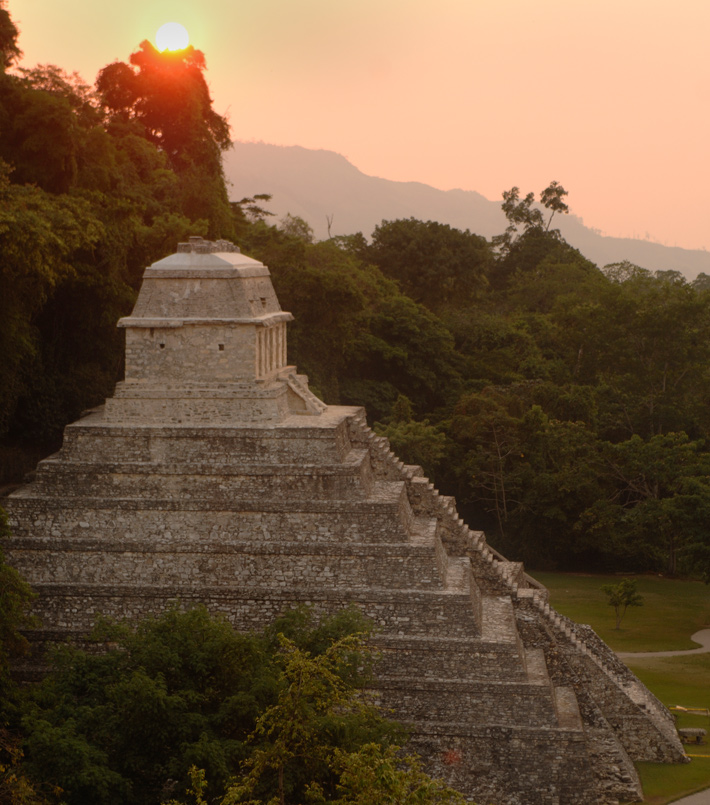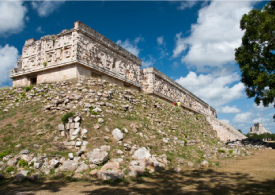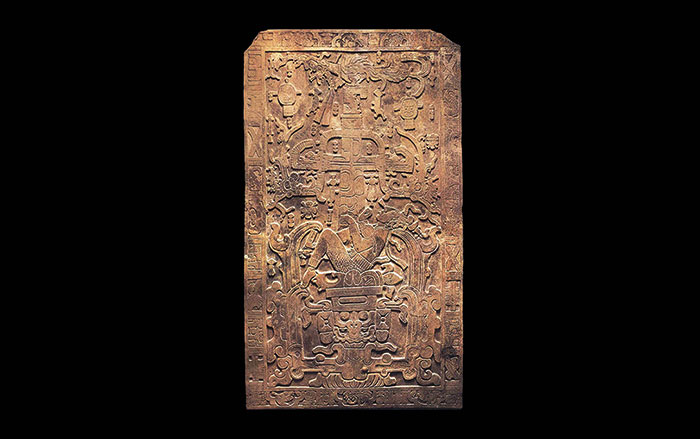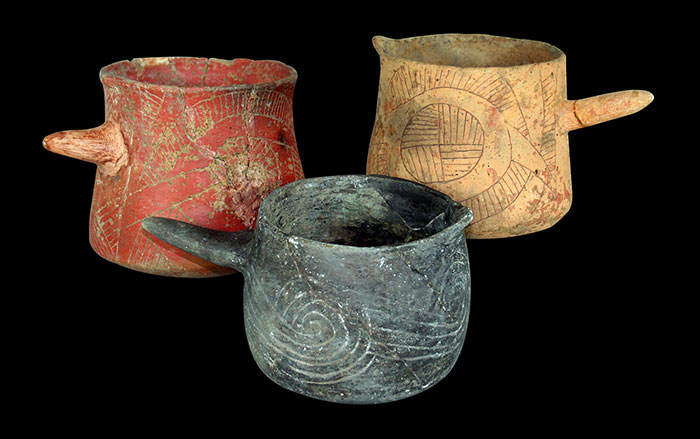
We gather much of what we know about Maya astronomical knowledge from detailed records they themselves created on the pages of bark-paper books called codices. In the mid-sixteenth century, Franciscan missionaries burned nearly all of the Maya’s written records in an effort to eradicate their religion. Today, only three or four Maya codices remain. Three of them are named for the European cities where they are kept—Dresden, Paris, and Madrid. The authenticity of a fourth book called the Grolier Codex, now in Mexico City, is still disputed. The codices were probably written no earlier than the twelfth century A.D., but the Maya may have copied books that were written much earlier. According to archaeoastronomer Anthony Aveni, the codices were used to set dates for rituals, often by linking them to astronomical events.
The pages of the codices usually depict a deity and include a series of glyphs describing what the deity is doing. Many pages of these books also contain lists of numbers that allowed the Maya to predict lunar and solar eclipses, the phases of the moon, and movements of Mars and Venus. One example is a series of three pages in the Dresden Codex that record the phases of Venus as well as a list of tzolk’in dates and glyphs that have to do with omens and augury. The Maya believed that Venus was associated with violence and bad luck at certain times of the year. That association is clear on the second page in the series, which shows an image of the god Kukulcan, representing Venus, in the process of spearing an enemy.












